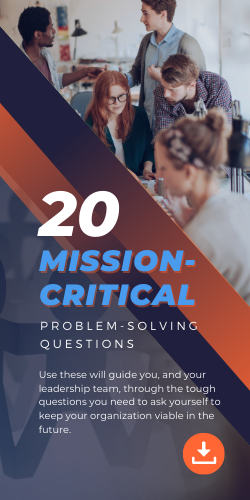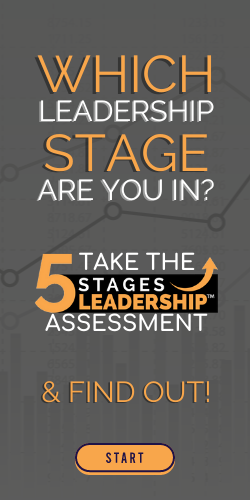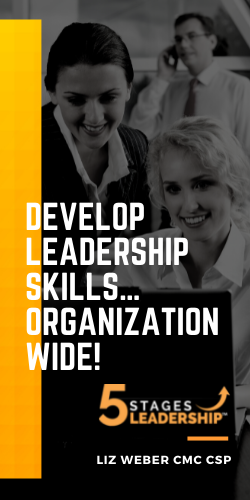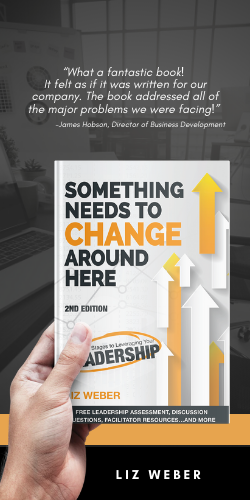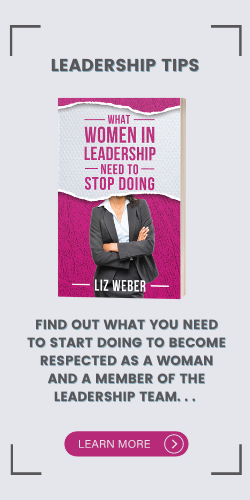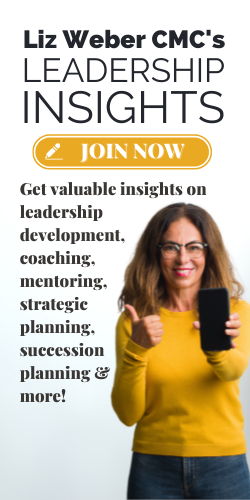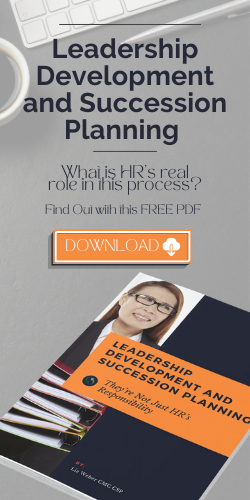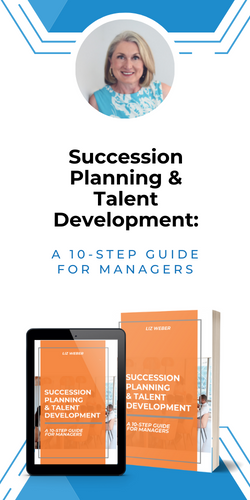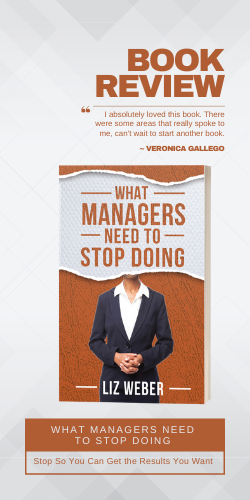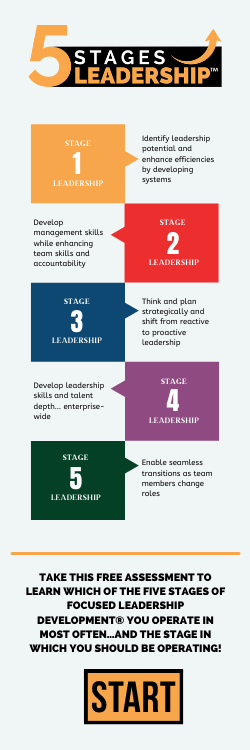
Vicki Hess, CSP stopped by today; read as she shares what’s missing in most discussions about employee engagement.
The Missing Piece of the Employee Engagement Puzzle
By Vicki Hess, CSP
Over the last decade, billions of dollars and millions of hours have been invested by organizations across the country to foster greater employee engagement, yet employee disengagement is still at or near all-time highs. Why? Because we’ve been missing a key piece of the engagement puzzle: the employees!
The solution to the employee engagement problem is three fold. It Takes 3™ to create sustainable engagement:
- An organization that deliberately and consistently supports employee engagement at the strategic level
- Leaders who regularly drive engagement at the tactical level
- Individuals who are accountable for engagement at a personal level
What’s missing in most discussions about engagement is the individual employee’s personal responsibility for his or her own engagement.
For years, experts and organizations have focused on the first 2 areas and their role in engagement. Until recently, there was very little focus on employees taking responsibility for their own engagement. Consider the typical employee engagement survey questions. Are they focused equally on the employee’s role in creating engagement for themselves? Usually not. (But they should be.)
Unfortunately, organizations and their leaders have been misguided to believe that it’s their job – and theirs only – to engage employees. That’s not the case. As a leader, you are indeed a powerful influencer of engagement. Your organization has to be committed to creating a culture of engagement as well. Yet no matter how supportive the organization might be and how engaging a leader you are, you will never be able to engage an employee who doesn’t want to be engaged. It is only when team members choose to be engaged and accept responsibility for their own engagement that we can achieve sustainable results. This is powerful and it’s time we acknowledge that truth.
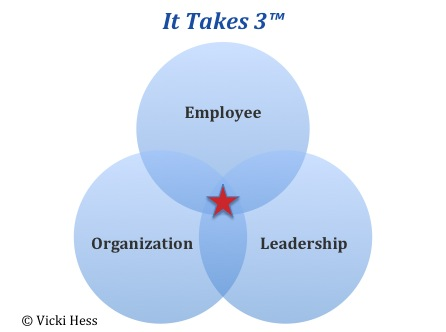 In the It Takes 3™ model, engagement is represented by the point in the center where the organization, leader and individual circles all overlap. The organization and leaders are purposefully shown on the bottom because these two are foundational — they support engagement. All three circles are the same size to show that all three elements are equally important. In addition, there’s give and take between each component (Organization to Leaders; Leadership to Individuals; and, Organization to Individual).
In the It Takes 3™ model, engagement is represented by the point in the center where the organization, leader and individual circles all overlap. The organization and leaders are purposefully shown on the bottom because these two are foundational — they support engagement. All three circles are the same size to show that all three elements are equally important. In addition, there’s give and take between each component (Organization to Leaders; Leadership to Individuals; and, Organization to Individual).
Let’s look at these three elements in more detail:
-
An optimized organization that deliberately and consistently supports engagement at the strategic level.
You may be thinking this is very obvious. I agree. Yet when I talk with leaders across the country and ask them about their strategic initiatives regarding engagement, I get “umms” and “ahhs.” These leaders are not able to clearly articulate their organization’s strategies that focus on engagement, and if they can’t articulate them, they probably aren’t being consistently implemented or measured. Can your leadership group identify your organization’s strategic engagement initiatives?
-
Leaders who regularly drive engagement at the tactical level.
When it comes to engagement, a leader’s primary job is to “grease the wheels” for team member engagement and help them develop accountability for their own engagement. But distractions abound that pull leaders away from a focus on engagement, and this is a problem that is evidenced over time through unwanted turnover, employee complaints and low morale. Leaders who embrace employee engagement as a key priority will meet their goals faster and more productively.
-
Individuals who are accountable for engagement at a personal level.
It’s not enough to focus only on the organization’s and leaders’ roles in creating engagement. Each individual must own engagement at a personal level. Without question, external factors (such as the culture of the organization, pay and benefits, the team leader’s support, etc.) play a key role in engagement. However, ultimately, engagement is an internal issue – each of us decides to be engaged or disengaged, energized or apathetic. It’s not something that someone does to us. It’s a choice each of us makes every day.
The missing piece in the employee engagement puzzle is found and today is a great day to start the conversation about shared accountability for engagement.

Now retired, Vicki Hess worked with clients nationwide who were serious about creating more engaged employees, motivating managers and optimizing organizations. She is the author of 4 books about employee engagement and regularly spokes at conferences and meetings. To learn more visit Vicki on LinkedIn.





